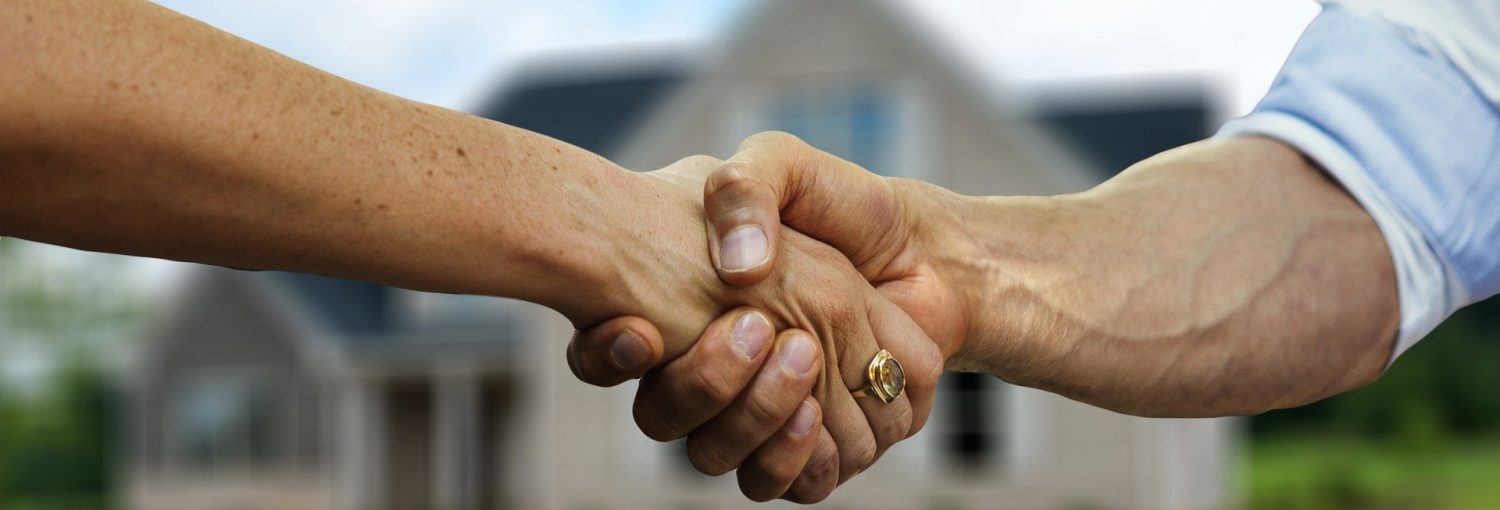Introduction
The charm of old neighborhoods often lies in their historic architecture and sense of community. However,some homeowners find themselves drawn to the conveniences and aesthetics of modern homes. Building a modern home in an old neighborhood can be a delicate task that requires careful consideration and respect for the area’s character. In this article,we’ll explore the steps and considerations involved in successfully creating a modern oasis within a traditional community.
**1. Research and Local Regulations**
Before embarking on your project,it’s crucial to thoroughly research local zoning regulations,building codes,and historical preservation requirements. Contact your local planning department to understand any restrictions or guidelines that apply to your specific neighborhood. This will help you navigate the legal aspects of your project and avoid potential roadblocks.
**2. Engage with the Community**
Building a modern home in an old neighborhood often raises concerns among your neighbors. Engaging with the community is an essential step to garner support for your project. Attend neighborhood meetings,speak with neighbors,and explain your vision. Open communication can help ease tensions and build positive relationships with those around you. construction mortgage
**3. Architectural Harmony**
One of the keys to building a modern home in an old neighborhood is striking a balance between modern design and the neighborhood’s existing architectural style. While your home should reflect your personal taste,it should also blend seamlessly with the surroundings. Consider using design elements that are in harmony with the neighborhood,such as the use of traditional materials like brick or wood,or choosing colors that complement neighboring homes.
**4. Consult an Architect or Designer**
Hiring an architect or designer experienced in combining modern aesthetics with traditional settings can be invaluable. They can help you create a design that respects the local architectural heritage while incorporating modern features. This professional can ensure that your new home harmonizes with the existing neighborhood,both in terms of scale and style.
**5. Exterior Design and Landscaping**
The exterior design of your modern home is a critical aspect of integration. Focus on:
– **Materials:** Select materials that respect the existing architecture but also convey a modern feel. Combining classic brick or stone with sleek glass or steel can be visually appealing.
– **Landscaping:** Thoughtful landscaping can help bridge the gap between old and new. Mature trees,well-maintained lawns,and carefully chosen plantings can enhance the overall aesthetic.
– **Outdoor Living Spaces:** Consider integrating outdoor living spaces into your design,like a modern patio or a rooftop garden,which can provide a contemporary element while maintaining the traditional character.
**6. Sustainability and Efficiency**
Modern homes often prioritize energy efficiency and sustainability. Embrace these principles in your design by incorporating features like:
– **Energy-efficient windows and insulation:** These reduce energy consumption and increase comfort.
– **Solar panels:** Installing solar panels can reduce your carbon footprint and lower utility bills.
– **Smart home technology:** Implementing automation and energy-saving technology can demonstrate a commitment to modern living without compromising the traditional exterior.
**7. Interior Design**
The interior of your modern home can feature the latest innovations in design and technology while preserving the comfort and coziness of older homes. Consider open floor plans,state-of-the-art kitchens,and smart home systems. Blend modern furniture and fixtures with traditional elements to create a harmonious interior that complements the exterior.
**8. Project Management and Budget**
Managing a project of this scale requires careful budgeting and oversight. Hiring a general contractor experienced in handling projects in historic neighborhoods can help ensure a smooth construction process. A detailed budget and project plan will help keep the project on track.
**9. Preservation of Heritage**
Throughout the process,it’s essential to respect and preserve any historical elements that may be present on your property. This could include saving and restoring any original features,such as old windows or architectural details.
**10. Final Touches and Ongoing Communication**
Once your modern home is complete,take time to appreciate and celebrate the achievement. Continue to be an active and respectful member of the neighborhood,maintaining open lines of communication with your neighbors.
**Conclusion**
Building a modern home in an old neighborhood is a rewarding undertaking that can offer the best of both worlds – modern living within a community rich in history and character. With careful research,architectural expertise,community engagement,and a commitment to harmonious design,you can create a home that not only reflects your personal style but also enriches the existing neighborhood,contributing to its charm and vibrancy for years to come.
